.png.transform/rendition-xs/image_image%20(1).png)
Untold Treasures: the Red Grapes of Galicia
Just as Galicia's climate varies from the warm and wet coasts to the drier, inland areas, and its rich gastronomy varies accordingly, the region's wines offer more than the lively (and excellent) whites that are so often associated with this part of Spain. Though lesser known, this region of ancient, local grape varieties also boasts a wide selection of red grapes that have been increasing in both production and prestige in recent years.
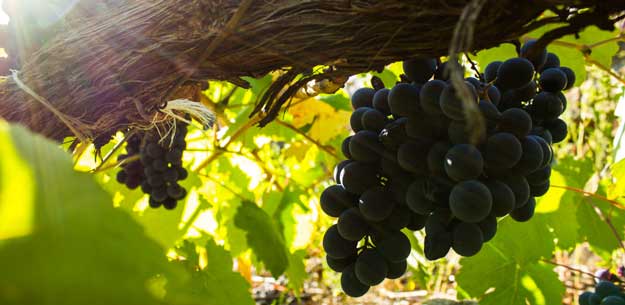
Undoubtedly the best-known of these native red grapes is Mencía, which has made a name for itself in the neighboring wine region of DO Bierzo, just to the east of Galicia in Castile-León. But in a region with such varied climate, landscapes and soil types, the red grapes, like the whites, also vary from region to region and in each of the five wine Designations of Origin found here: Rías Baixas, Ribeira Sacra, Valdeorras, Monterrei and Ribeiro.
Other important red grape varieties include Caíño Tinto, Sousón, Merenzao and Brancellao, in addition to Spain's nearly ubiquitous Garnacha, Garnacha Tintorera, some Tempranillo, as well as minimal amounts of grapes like Loureira Tinto, Espadeiro and others. In any case, what these grapes and the resulting wines do have in common is a markedly Atlantic feel, characterized by a lower alcohol content, crisp acidity and a less dense body.
Unlike the typically Mediterranean wines made in other parts of Spain, these wines tend to have lighter, often floral or fresh-fruit aromas, sometimes with peppery, herbaceous and mineral undertones. Above all, they are bursting with acidity and freshness, and extremely easy to drink.
To get a better idea of the specific types of red wines found in Galicia, here's a look at the principal red grape varieties of this northwestern Spanish region and the wines they produce.
Grape-by-grape: Mencía
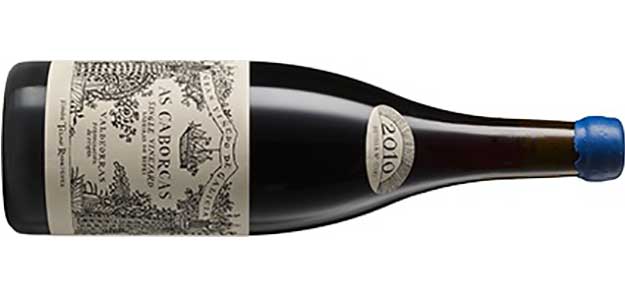
Mencía grapes produce wines with a marked identity, characterized by intense aromas of ripe blackberries, black currents and other wild berries, in addition to fruit preserves. Balanced, velvety and extremely elegant, they can also be somewhat herbal and peppery, as well as deeply mineral with crisp acidity.
Mencía wines tend to be deeply cherry-colored with violet hues. Mencía is the unchallenged star of the wines of the stunningly picturesque DO Ribeira Sacra – the only wine designation in Galicia where red wine rules – where in 2017 it accounted for 4.6 million kilograms of the total grape harvest of 5.5 million kilograms. Winemakers to watch here include those of legendary enologist Raul Pérez, and Guímaro and Dominio do Bilbei wineries.
Mencía grapes are also grown extensively in DO Valdeorras where, in the past five years, the Mencía harvest has come close to equaling production of the star white grape Godello. Here, well-known Spanish winemaker Telmo Rodríguez produces an old-vine, single-vineyard Mencía called As Caborcas, which has garnered international acclaim.
And this variety is also the most extensively cultivated red grape in DO Monterrei, where red wine accounts for around a third of wine production. The southernmost wine region in Galicia, along the Portuguese border, Mencía production represents nearly 83% of all red-grapes grown here.
Merenzao red grape
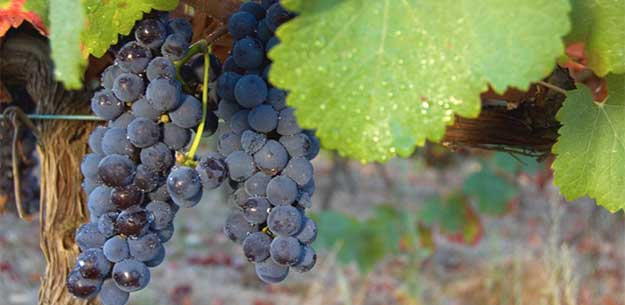
Merenzao is cultivated in very small quantities in both DO Valdeorras and DO Monterrei. Also known as María Ordoña and several other names in Galicia, as Bastardo in Portugal, and as Trousseau in France, Merenzao is frequently used for blending with Mencía, thanks to its deep aromas of berries, generous natural sugars and a good concentration of tannin, which affords excellent aging potential.
The grape is also a preferred variety in DO Ribeira Sacra where, despite its relative scarcity, wineries like Adega Algueira and Ponte da Boga are making single-variety Merenzao wines marked by their juicy, ripe and fruity palates as well as herbal and sometimes floral notes.
Brancellao red grape
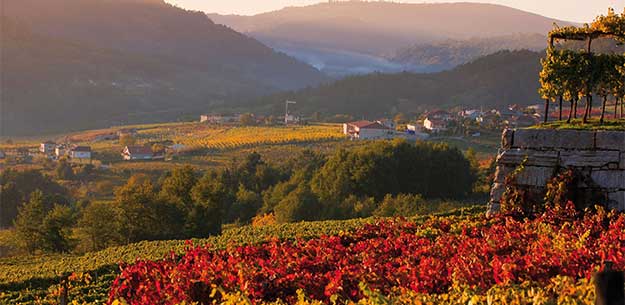
Brancellao is another preferred red grape variety in DO Ribeira Sacra. Known for its intense purple hue and relative heartiness, its aromas are sweet and reminiscent of berry jams and licorice, with nuances of violets and almond blossoms. Like most of the red grapes cultivated here, it has a fresh acidity and mineral undertones. Ponte da Boga winery also makes an extremely limited edition, single-variety Brancellao wine, made from grapes grown on steep slopes along the Sil River.
This is also a preferred variety in DO Ribeiro, where it is mixed with other grapes and lends fruity aromas and unctuous body to wines. And in DO Valdeorras, wine maker Alán de Val makes just over 1,000 bottles of a succulent 100% Brancellao called A Costiña, which is characterized by its sweet and floral notes and balanced acidity.
Sousón red grape
Sousón is by far the most prolific red grape in DO Rías Baixas, a wine region overwhelmingly known for its white Albariño wines, but where more than 260,000 kilograms of red grapes are produced annually, of which (in 2016) approximately 116,000 were Sousón. This variety is overwhelming cultivated in the Condado de Tea sub-region along the Miño River. This dark-skinned grape variety is mainly used to produce highly-acidic and aromatic young wines, characterized by aromas of green fruit, blackberries and black currents. In DO Ribeira Sacra, wine makers are exploring the aging potential of this highly polyphenolic grape in wooden barrels.
Caíño Tinto red grape
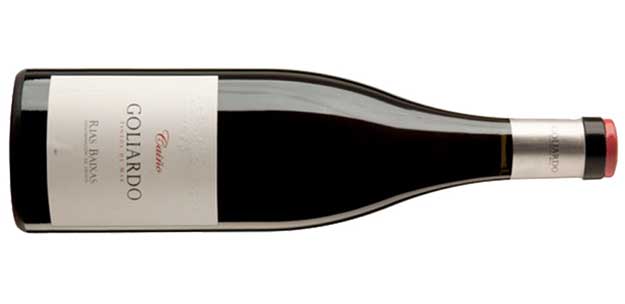
Another important red grape in DO Rías Baixas is Caíño Tinto, of which more than 35,000 kilograms are produced annually, particularly in the sub-region of Val do Salnés. This grape is known for its intensely fruity aromas, tartness and crisp acidity, as well as its high sugar content and vivacious hues. Both here and in DO Ribeiro, Caíño Tinto is frequently used to make imminently drinkable young wines that are both lively and crisp, with citrus fruit and floral notes.
Interestingly, Rías Baixas winery Bodegas Forjas del Salnés has a magnificent single-variety Caíño Tinto called Goliardo – an extremely elegant and aromatic wine that has been aged for fourteen months in French oak. Made with the help of famed Ribeira Sacra enologist Raúl Pérez, the Goliardo line includes two other single-variety wines made with rare Galician native red grape varieties Espadeiro and Loureira Tinto, both of which are often used for blending in Rías Baixas.
Other very minimally cultivated red grapes in Galicia include: Castañal in DO Rías Baixas; Ferrón, Caíño Longo and Caíño Bravo in DO Ribeiro; Arauxa in DO Monterrei and Gran Negro in DO Valdeorras and DO Monterrei – all ones to watch out for in the coming years as the trend of recovering native red grape varieties continues to grow in this region.
Local varieties of red grapes from are making a comeback in the white-wine-dominant Spanish region of Galicia, with its famous Albariño wines from DO Rías Baixas and its Treixadura and Loureiro wines from DO Ribeiro.
Adrienne Smith/©ICEX


